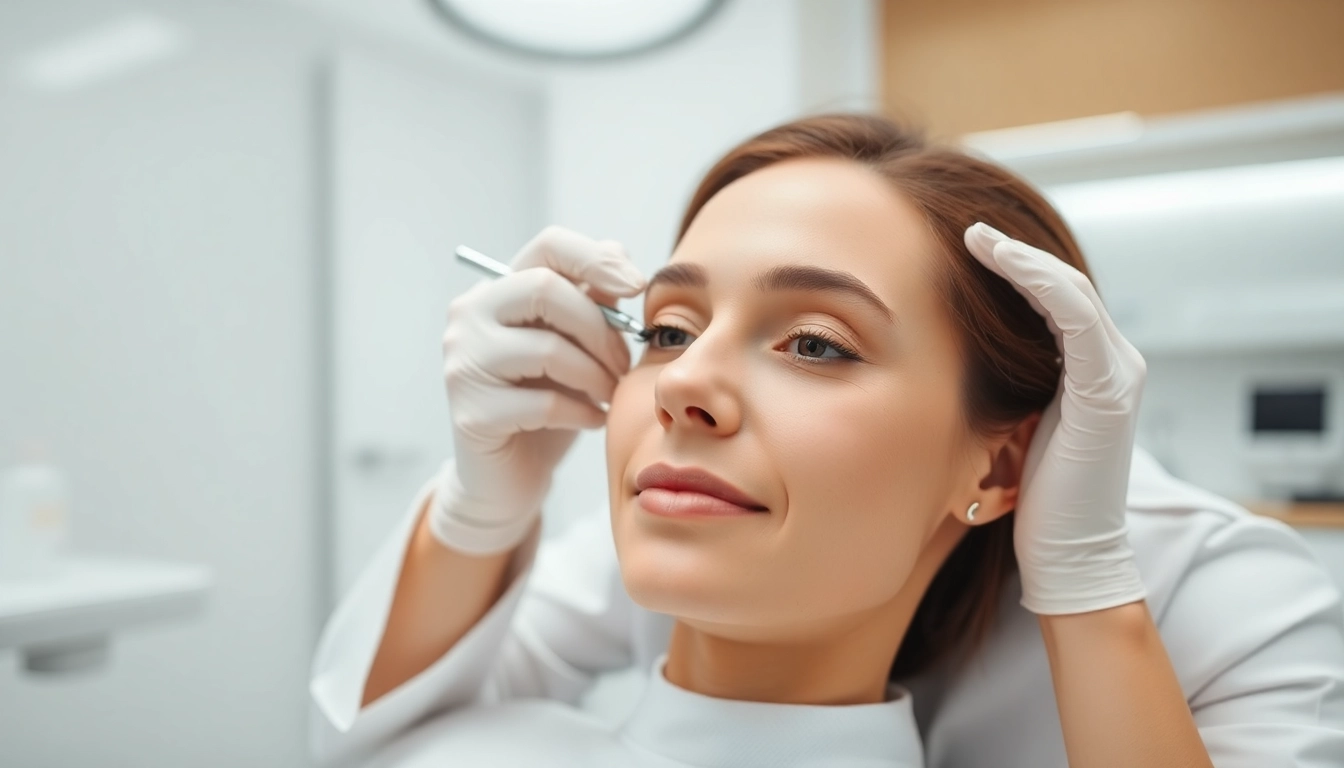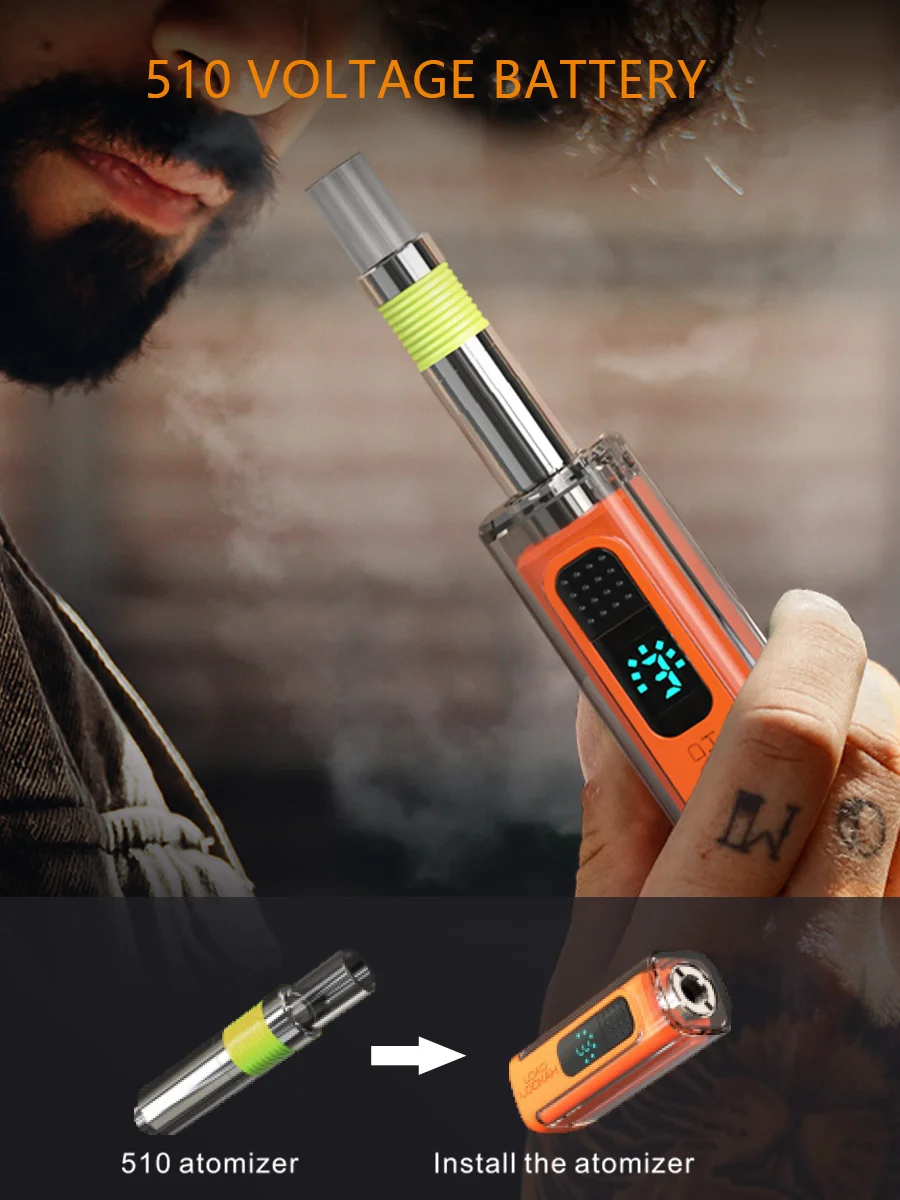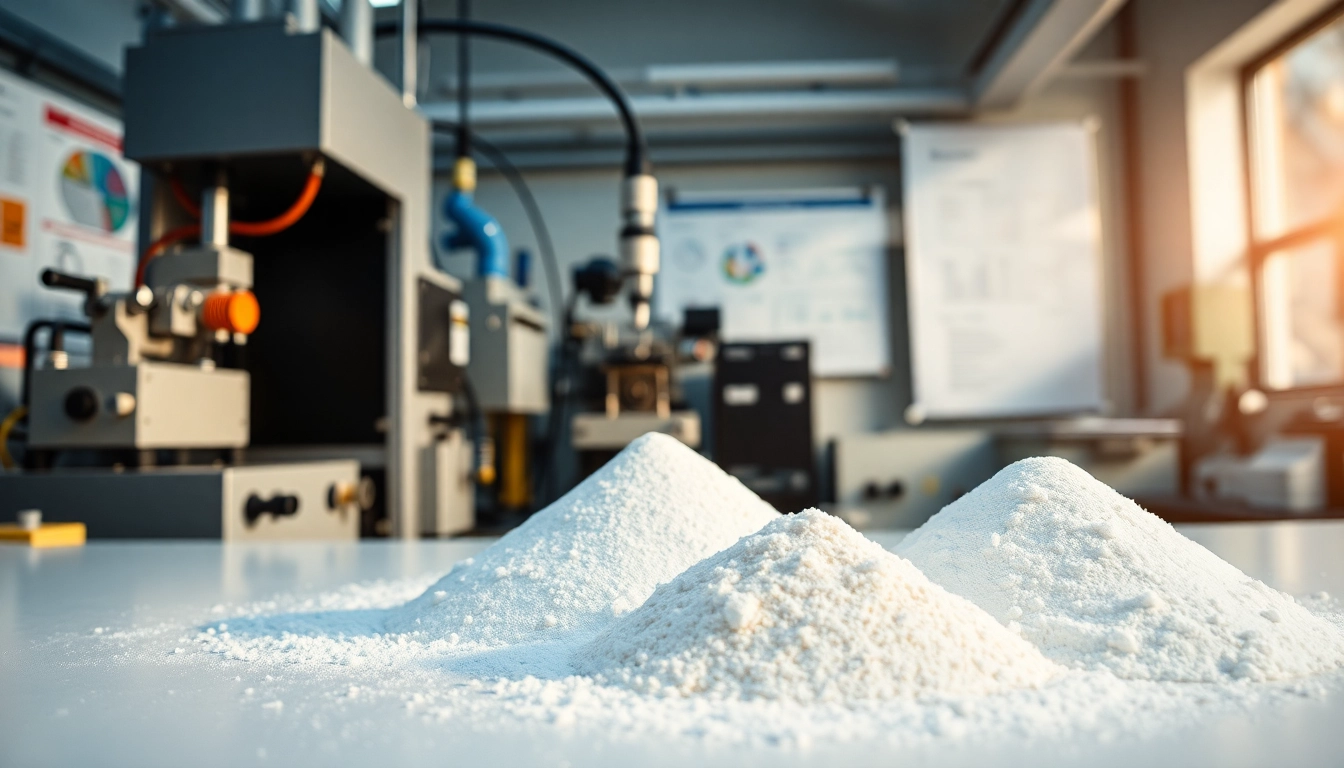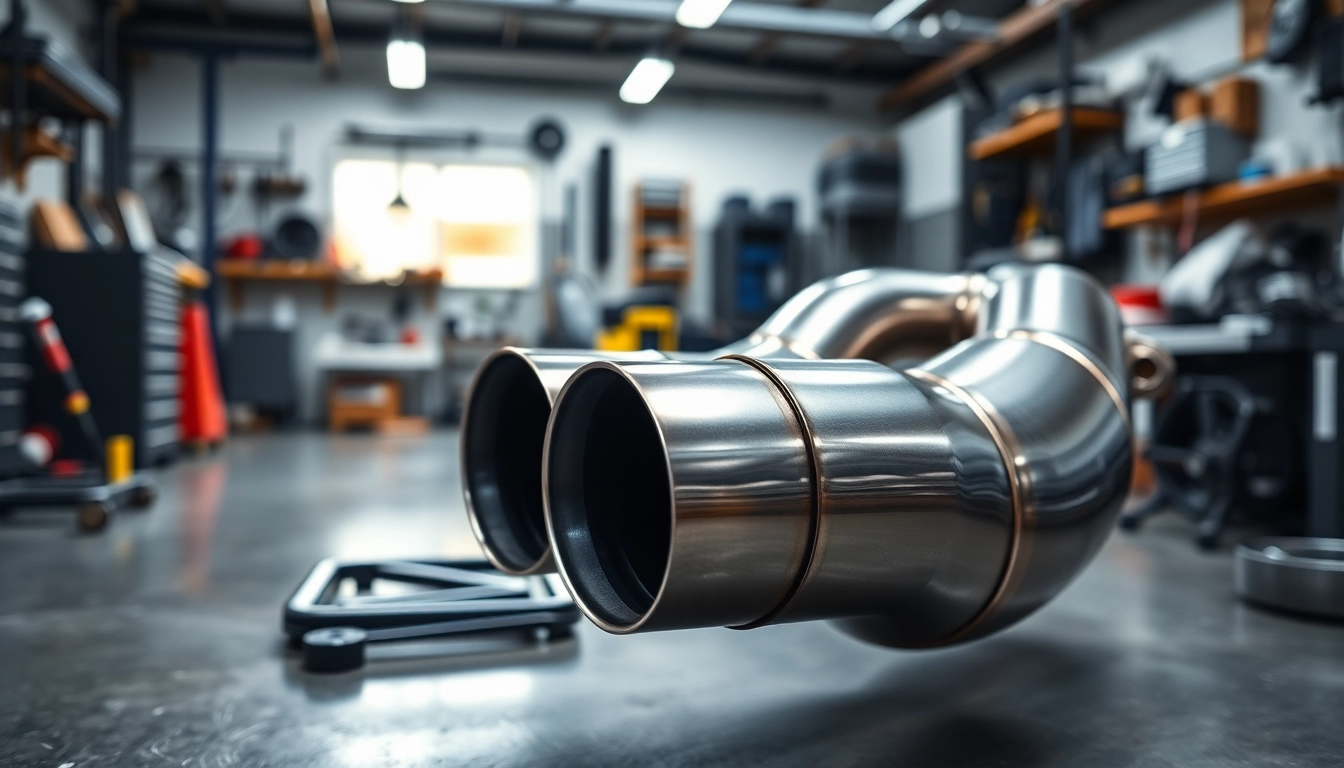
Introduction to Wrinkle Treatments
In the world of aesthetic medicine, treatments designed to restore youth and vitality to skin are increasingly popular. No longer reserved for a select few seeking drastic changes, non-invasive options like Botox have gained widespread acceptance and demand. Unlike surgical interventions that often entail lengthy recovery times and significant risks, these procedures promise a smooth, refreshed appearance with remarkably little downtime. This article delves deeply into the nature of Botox treatments, exploring how they work, what they involve, and why they are so revered in the realm of cosmetic enhancements.
What is Botox and How Does It Work?
Botox, or Botulinum Toxin type A, is a neurotoxic protein produced by the bacterium Clostridium botulinum. In small, controlled doses, it is utilized in medical aesthetics to temporarily paralyze muscles, reducing the muscle activity that causes wrinkles. This mechanism works by blocking nerve signals in the targeted areas, leading to a localized reduction in muscle contractions. Consequently, areas like the forehead, around the eyes, and mouth experience a noticeable smoothing of wrinkles, providing a rejuvenated appearance without altering the individual’s natural expressions.
Benefits of Treatment with Botulinum Toxin
The advantages of Botulinum Toxin treatments extend beyond just cosmetic appeal. Some of the main benefits include:
- Minimally Invasive: Unlike surgical options, Botox requires no significant incisions, allowing for quicker recovery and less pain.
- Rapid Application: The entire procedure generally takes only about 15-30 minutes, enabling patients to return to their daily routines almost immediately.
- Short Recovery Time: Most patients experience minimal side effects, such as slight swelling or bruising, which usually subside quickly.
- Versatile Use: Beyond cosmetic enhancement, Botox is also employed in treating medical conditions including chronic migraines, hyperhidrosis (excessive sweating), and some muscular disorders.
- Preventative Measures: Younger individuals are increasingly utilizing Botox as a preventive measure against future wrinkle development.
Common Application Areas for Botox
Botox is renowned for its effectiveness in a variety of facial areas. The following are among the most popular:
- Forehead Lines: Horizontal lines that can form on the forehead due to repetitive muscle contractions.
- Glabellar Lines: Vertical lines that develop between the eyebrows, often referred to as “frown lines.”
- Crow’s Feet: The fine lines at the outer corners of the eyes that appear with smiling and squinting.
- Nasal Lines: Commonly known as “bunny lines,” these are the creases that form on the sides of the nose when laughing or smiling.
- Lips: Treatments such as the “lip flip” can enhance the appearance of the upper lip, providing a fuller look without adding volume.
Preparing for Treatment
Initial Consultation and Skin Analysis
The journey to a successful Botox treatment begins with a comprehensive consultation. During this initial appointment, a certified practitioner evaluates the patient’s skin quality, facial anatomy, and specific concerns. An in-depth discussion about the patient’s medical history and aesthetic goals is crucial for tailoring the treatment accordingly. Patients may undergo skin analysis using advanced technology that assesses skin conditions at various depths, informing the practitioner about the most effective strategy for treatment.
Health Considerations Before Botox Treatment
Botox is generally safe for most individuals; however, certain medical conditions may preclude a patient from receiving treatment. Factors to consider include:
- Pregnancy or breastfeeding
- Neuromuscular disorders (such as myasthenia gravis)
- Allergies to any ingredients in Botox
- Active infections at the injection site
- Certain medications that might interact negatively with Botox
A thorough discussion with a medical professional can clarify any risks involved, ensuring patient safety and comfort prior to the procedure.
What to Expect Before Treatment
Leading up to the treatment day, patients may be advised to avoid blood thinners (like aspirin and NSAIDs) to reduce the risk of bruising post-treatment. It is also important to arrive at the clinic with a clear understanding of what treatment involves, including the expected results, any potential side effects, and aftercare commitments.
The Treatment Process
Steps of the Botox Injection
The Botox injection process is a straightforward and efficient procedure. Here’s a detailed overview:
- Consultation Confirmation: Reconfirm treatment areas and desired outcomes with the practitioner.
- Preparation: The area to be treated is cleansed, and a cooling gel or local anesthetic may be applied for comfort.
- Injection: Using an ultra-fine needle, the practitioner administers Botox into targeted muscles. The process typically takes around 15-30 minutes.
- Post-Treatment Care: Following the injection, the patient is usually advised to remain upright and avoid strenuous exercise, alcohol, or excessive heat for at least 24 hours.
Aftercare for Optimal Results
To maximize the benefits of Botox treatments, patients should follow specific aftercare instructions:
- Do not massage or rub the treated areas for at least 24 hours.
- Stay upright for the first few hours post-treatment.
- Avoid strenuous workouts, sun exposure, and extreme temperatures for a short duration following the procedure.
- Monitor for any unusual side effects, such as severe pain or swelling, which should be reported to the provider immediately.
Important Tips to Minimize Side Effects
Alongside proper aftercare, here are some preemptive steps to help minimize side effects:
- Consider applying ice to inject sites before treatment to constrict vessels and reduce discomfort.
- Communicate openly about any fears or concerns with your practitioner to ensure they can accommodate your needs effectively.
- Follow all pre-treatment advice given by your practitioner regarding medication and lifestyle adjustments.
Results and Long-Term Care
When Do Treatment Results Appear?
Patients will typically notice initial results within 3 to 5 days after their treatment, with the effects continuing to improve up to two weeks. This temporary appeal occurs as the neurotoxin takes effect, and muscle relaxation becomes apparent.
How Long Do Botox Results Last?
The anti-aging effects of Botox generally last between three to six months, depending on individual muscle strength, the area treated, and the patient’s unique physiology. Regular treatments can help maintain smoother skin and may even prolong the duration of results over time.
Regular Maintenance of Treatment
To preserve results, patients should plan for regular follow-up procedures based on their practitioner’s recommendations—typically every three to six months. Consistency in treatment can lead to longer-lasting results, especially when initiated early in the aging process.
Alternative Treatments to Botox
Botox Versus Hyaluronic Acid: Which is Better for You?
While Botox is an excellent option for dynamic wrinkles caused by muscle movement, hyaluronic acid (HA) fillers are utilized to restore lost volume and plump areas of the face. HA fillers can be advantageous for individuals looking to enhance specific features such as lips or cheeks. Often, a combination of both treatments yields the best results, providing a comprehensive approach to facial rejuvenation.
Other Cosmetic Treatments for Smoother Skin
Beyond Botox, there are numerous cosmetic treatments available to tackle signs of aging, including:
- Laser Resurfacing: Utilizing lasers to improve skin texture and reduce imperfections.
- Chemical Peels: Exfoliating the outer layer of skin to reveal smoother skin beneath.
- Microneedling: Creating micro-injuries on the skin to induce a healing response, which can help reduce fine lines.
Development of New Treatment Methods in Aesthetic Medicine
The field of aesthetic medicine is ever-evolving, with innovations emerging consistently. Researchers are exploring advanced materials and techniques that promise greater effectiveness and reduced recovery times. These may include combinations of traditional treatments with integrated technologies, resulting in more profound and longer-lasting aesthetic enhancements.
Conclusion
The rise of Botox in aesthetic medicine exemplifies a significant cultural shift towards embracing preventative care and enhancing natural beauty. With its numerous benefits, ease of application, and positive outcomes, Botox has established itself as a safe and effective method for individuals seeking to rejuvenate their appearance. As each patient is unique, didactic consultations and tailored treatments ensure optimal results that resonate with personal aesthetics and health considerations. By staying informed about available treatments and any advancements in the field, individuals can make empowered decisions on their path to beauty.








